
As China’s Internet environment evolves, it is becoming increasingly important for websites and e-commerce platforms to keep their current presence and meet consumer demands. Understanding web design trends in China are significant for Western companies looking to expand their presence in this market. Designing a website for the Chinese market has become more exciting in recent years because it allows for more designer creativity. Web developers now have more opportunities to try out new ideas.
A western website’s structure and design will most likely fail to address the cultural differences and consumer behaviors common in this market. The trade-off here is that increasing China customization reduces your Economies of Scale because a highly localized business will not be scalable into other markets. Simultaneously, a low level of customization will remain highly scalable but may fail to yield success due to the market’s specificity.
To generate revenue in China, you must first understand your audience’s habits and tailor your user interface to provide them with the best user experience possible. Then it would be best if you continued iterating and adapting even after a successful launch. The market and customers will continue to evolve in a country where change has been the only constant for decades.
Let’s Take a Closer Look…
Although more and more websites are adopting a more minimalistic design, if you’ve visited a Chinese website, you may have been overwhelmed by the sheer number of links and text on a single page. Many people see the lack of development in Chinese web design as a sign that the country has fallen behind or has poor quality.
The significant differences between Western and Chinese web design have specific reasons and result from various factors.
- Chinese characters. The number of strokes in Chinese characters can easily make a webpage look cluttered. Furthermore, the complexity of the Chinese language can make search engine algorithms work less efficiently. As a result, many web admins prefer to provide multiple links on the homepage. Although it appears cluttered, the user experience is improved.
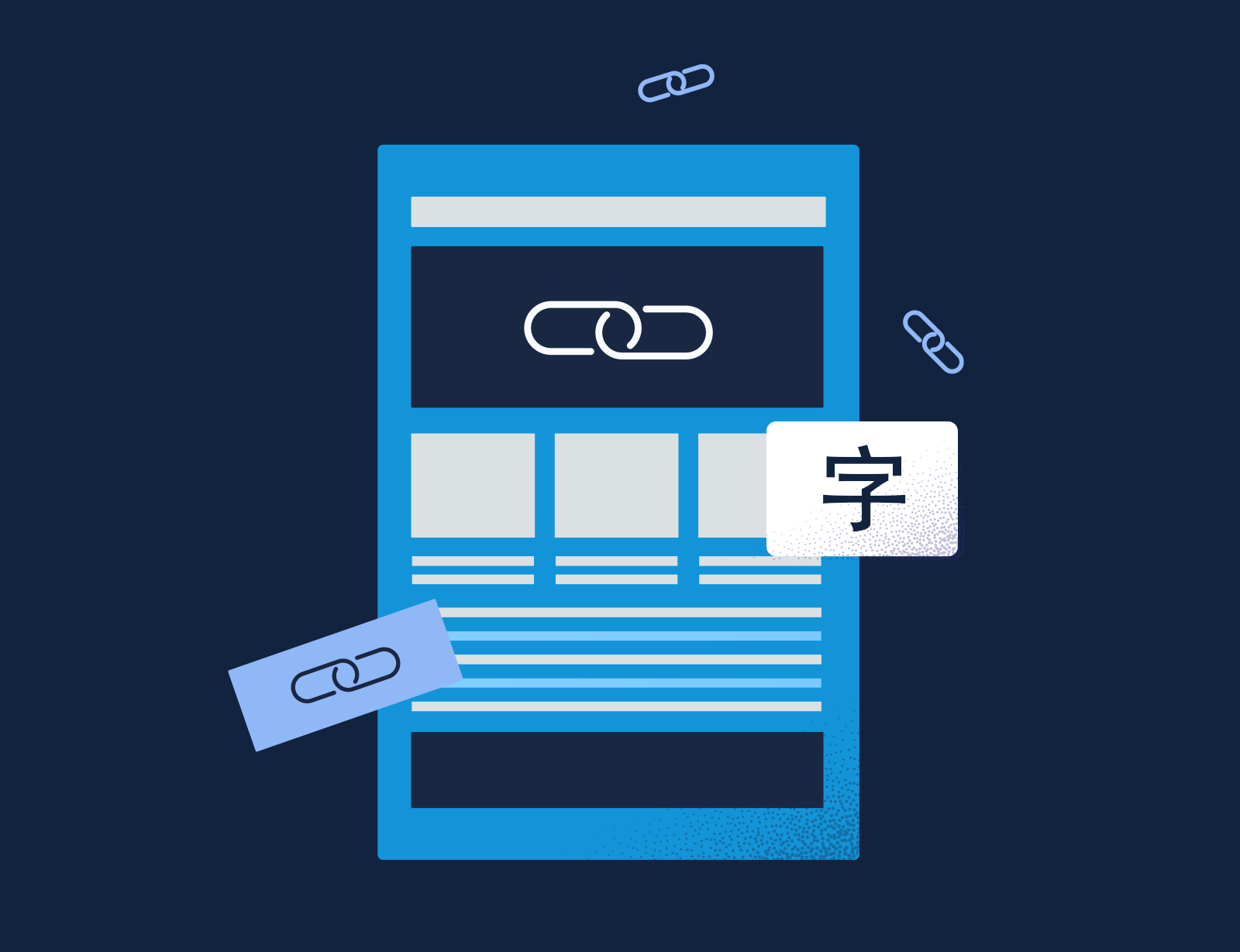
- Chinese API. Your existing website may have several APIs to make it fully functional and valuable to your users. Many of these, however, will not work in China. Considering all Google-related services are blocked, your Chinese website localization strategy should include determining which APIs are blocked in the country and replacing them with those that work in China.
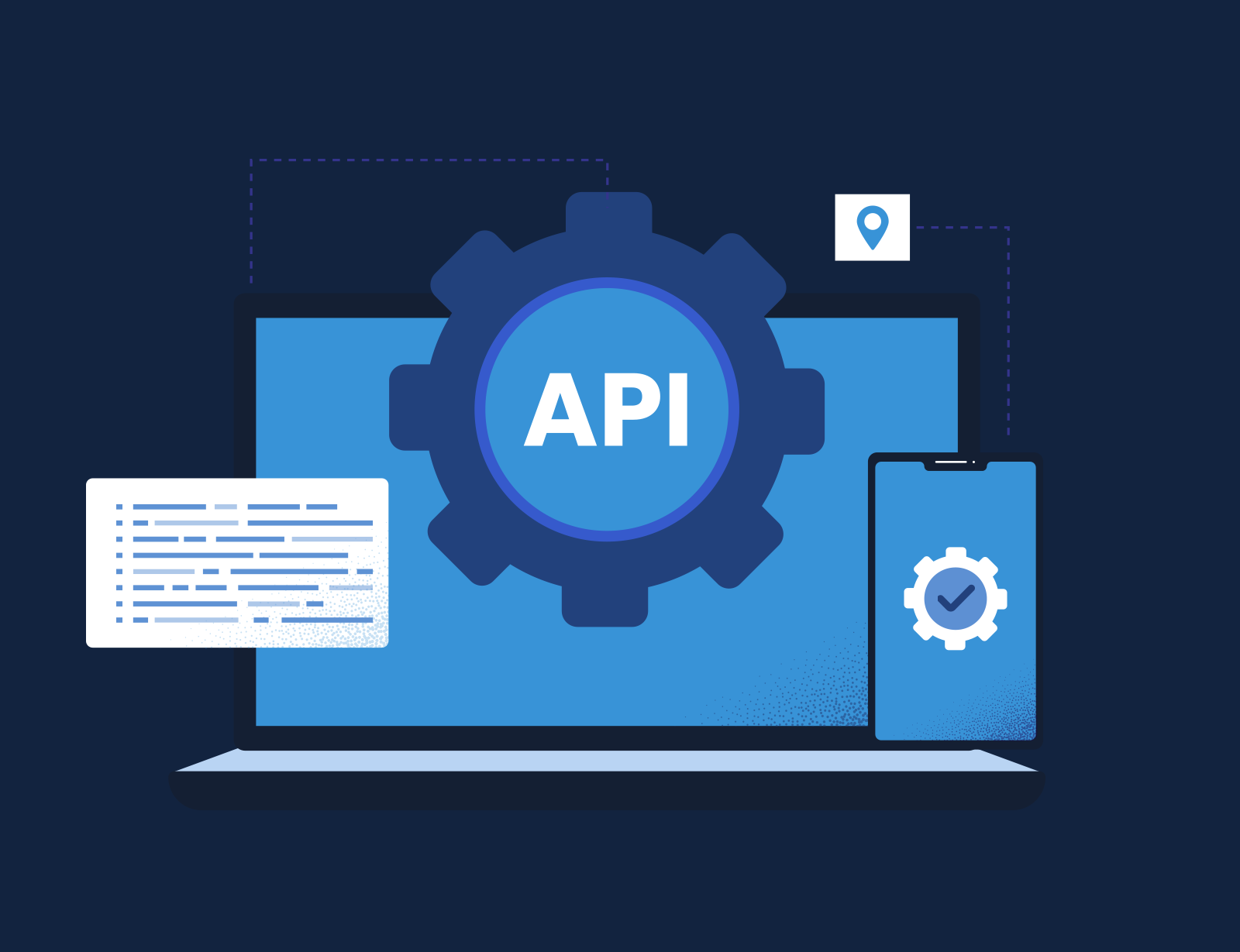
- Collectivistic scale. Individualistic and collectivistic cultural differences may influence the customer’s perception of UX. China ranks among the highest on the Collectivistic scale. Individualistic cultures prioritize the needs of individuals over the needs of groups; the opposite is true in collectivist cultures, where the group, or the larger unit, is essential in every situation, and deviating from group norms or standing out is undesirable.

- High Context. Chinese culture and language are very high-context. Instead of taking things at face value, every interaction should be viewed through various context lenses. With high-context language, there will need to be deeper context to the sentence.
- Browsing. Websites are designed to encourage browsing rather than searching because auto-correct Chinese is not an option. It also implies that aggregating functionality is popular because the quantity and context make it appear functional rather than cluttered.

- Superstition. Many websites in China feature a plethora of vibrant and lively colors. Red, yellow, and orange colors are associated with good fortune, wealth, and happiness. China is a superstitious culture, which explains why it is so prevalent and a recurring theme on many websites.
- Mobile. In the last few years, mobile internet subscribers have quadrupled. As a result, the smartphone became the primary device used by Chinese consumers to access the internet, forever altering how they communicated and consumed. In China, a mobile-first approach is insufficient, so you should aim for a mobile-only design.

Bonus tips:
- Only use a font size over 12pt. Legibility issues with logogrammatic characters can arise, making it difficult to distinguish between the strokes.
- While English has only 24 letters, Chinese has over 20,000. As a result, you cannot use different fonts as easily as you can in other languages, or your pages will load slowly.
- Because horizontal navigation menus are easier to scan in Chinese, they must be organized horizontally rather than vertically.
- Given the previously mentioned searching issue, the design must be well thought out and implemented to provide direct access to as much information as possible. It can be accomplished by designing multiple levels of navigation that redirect to shorter web pages rather than longer ones.
Final points
In China, page load speed is just as crucial as everywhere else. In one of our previous posts, we discussed how important it is to host your website in China to improve its performance:
Website, SEO, and SEM tips and significance in China
Also, like in other countries, creating personas will help you understand your users’ needs, experiences, behaviors, and goals. Personas are fictional characters created before a design process to anticipate how an end user might interact with a service, product, website, in-APP official account, and even a brand. To discover more about personas:
Refine Your UX Design with Personas – Part 1
Refine Your UX Design with Personas – Part 2
Flow clients
For all these reasons, attempting to approach web design in the Chinese market on your own will rarely result in good branding and will almost always leave you disappointed. The most effective way to pave the way for your success in the Chinese market is to work with a web design agency in China that has a thorough understanding of local web design and culture. Flow’s UX designers create enjoyable experiences that fit the complex Chinese ecosystem based on years of research experience in China. Contact us today for a custom quote.
Founded in 2016, Trifo is a full-stack AI home robot company. Focusing on indoor home environments, Trifo has been developing an end-to-end integrated hardware/software system with sensing, perception, and decision capabilities.
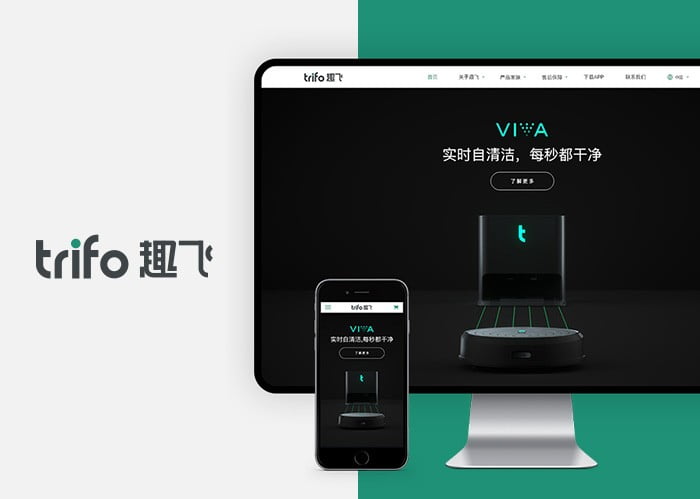
Scope:
- Responsive website localization and design
- WordPress-based CMS development
- Pre-launch SEO
- Branding China localization
- VI Guideline
For over 50 years, Italdesign has been partnering with major and emerging national and international players in the mobility world, providing an organic and integrated set of methods, techniques, and tools aiming at the industrialization of new products, also including the turnkey process.
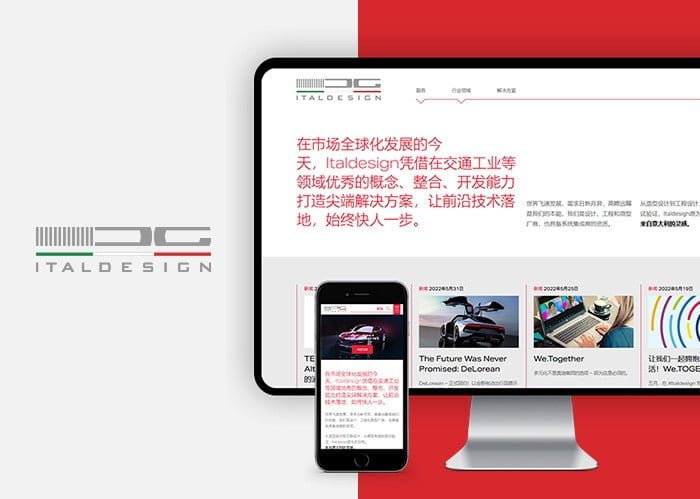
Scope:
- Website China localization
- Chinese content translation & polish
- Website maintenance
Key International Hotels Management Co. Ltd (Key International) is a Joint Venture between the Beijing Tourism Group, one of China’s largest Tourism Companies, and Kempinski, Europe’s oldest luxury hotel company. Key International is one of China’s most successful and experienced Hotel Management Companies, offering hospitality services and know-how which include professional hotel management, property management, and consultancy services such as technical and pre-opening services, operational expertise, recruitment, and professional training.
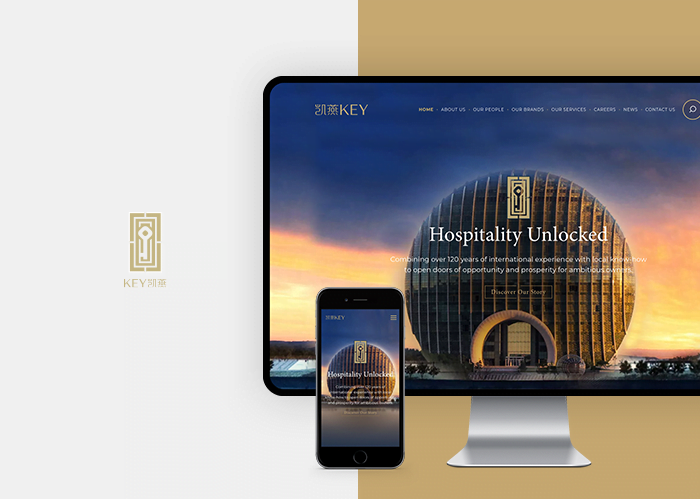
Scope:
- Website design
- WordPress-based website development
- English & Chinese search engine optimization





